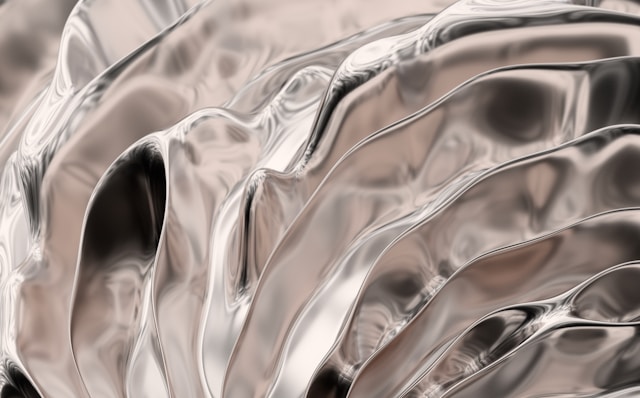
Date:2024-07-02 14:53:24
Westinghouse Electric Company has employed additive manufacturing to fabricate bottom nozzles for fuel assemblies, enhancing debris capture and fuel endurance. These components, integrated into four lead test assemblies, were delivered to Alabama Power’s Joseph M. Farley Nuclear Plant in early 2024. The 3D printed component significantly increases debris resistance from 65% to 96%.

Westinghouse Develops 3D Printed Nozzles for Nuclear Reactors
3D printed fuel assembly bottom nozzle. (Image Credit: Westinghouse)
Debris fretting, caused by debris-wearing action on fuel rod cladding, is a primary source of leaks in Pressurized Water Reactor (PWR) fuel assemblies. 3D printing allows for enhanced design flexibility, reducing the diameter of debris entering the reactor. The newly manufactured components have shown a 30% improvement in debris resistance during testing.
“Over the past decade, Southern Nuclear has led the industry in the development and implementation of new technologies that improve fuel resiliency,” said Pete Sena, President of plant operator Southern Nuclear.
“The existing nuclear power fleet is the backbone of our country’s clean energy supply, and we are innovating nuclear fuel today to be more robust to deliver safer, more affordable and more reliable carbon-free clean nuclear power for decades to come.”
Westinghouse has a history of pioneering AM applications in the nuclear industry, including the first material irradiation study of AM components in 2015, the first safety-related AM component installation in 2020, and producing the 1,000th AM component for VVER-440 Fuel in 2024.
Westinghouse continues to drive innovation in nuclear and clean power technologies, maintaining its position as a global leader in carbon-free energy solutions.





